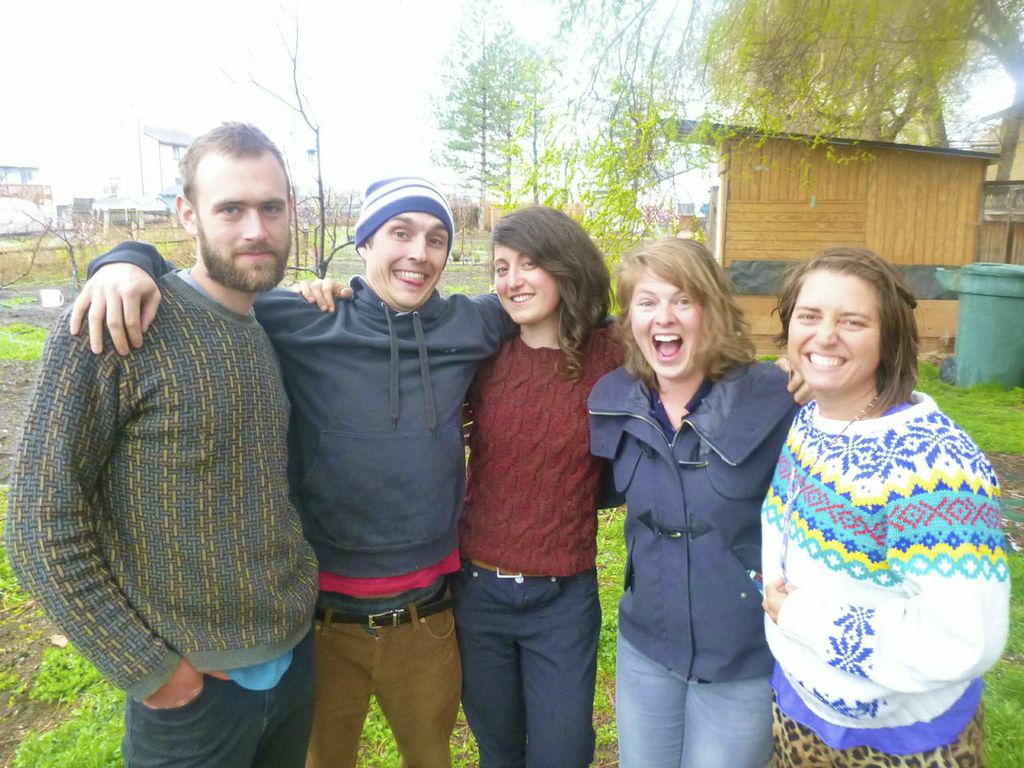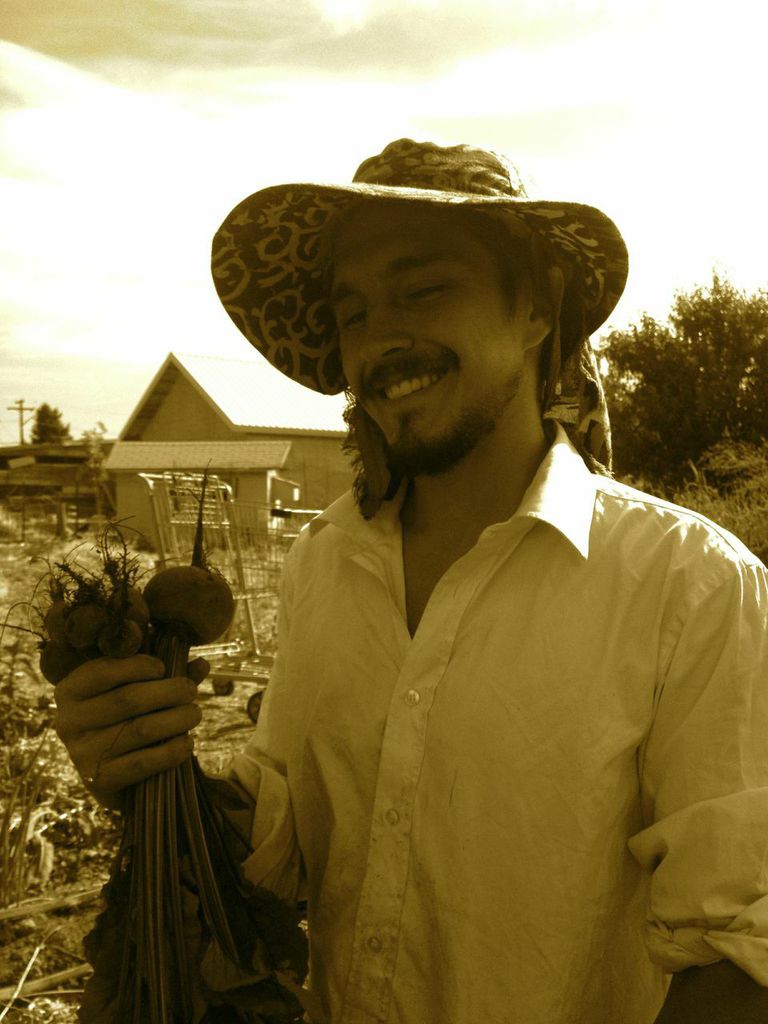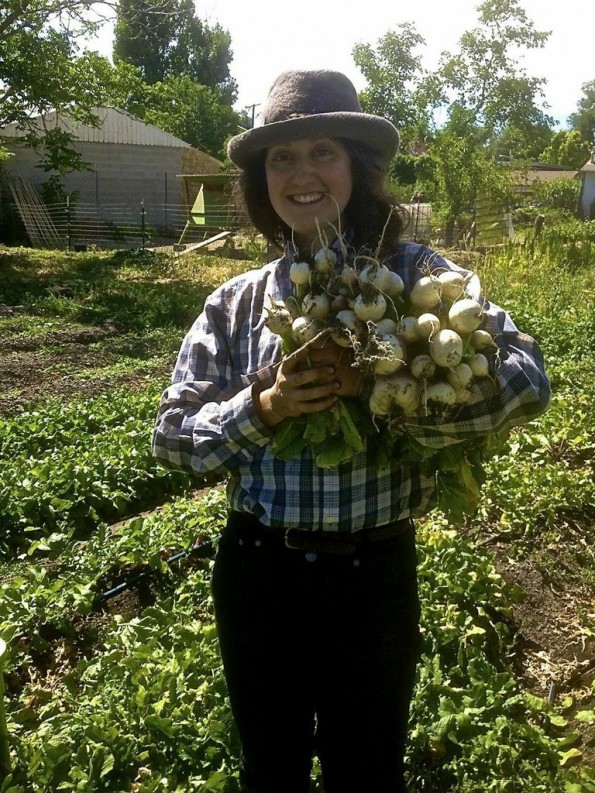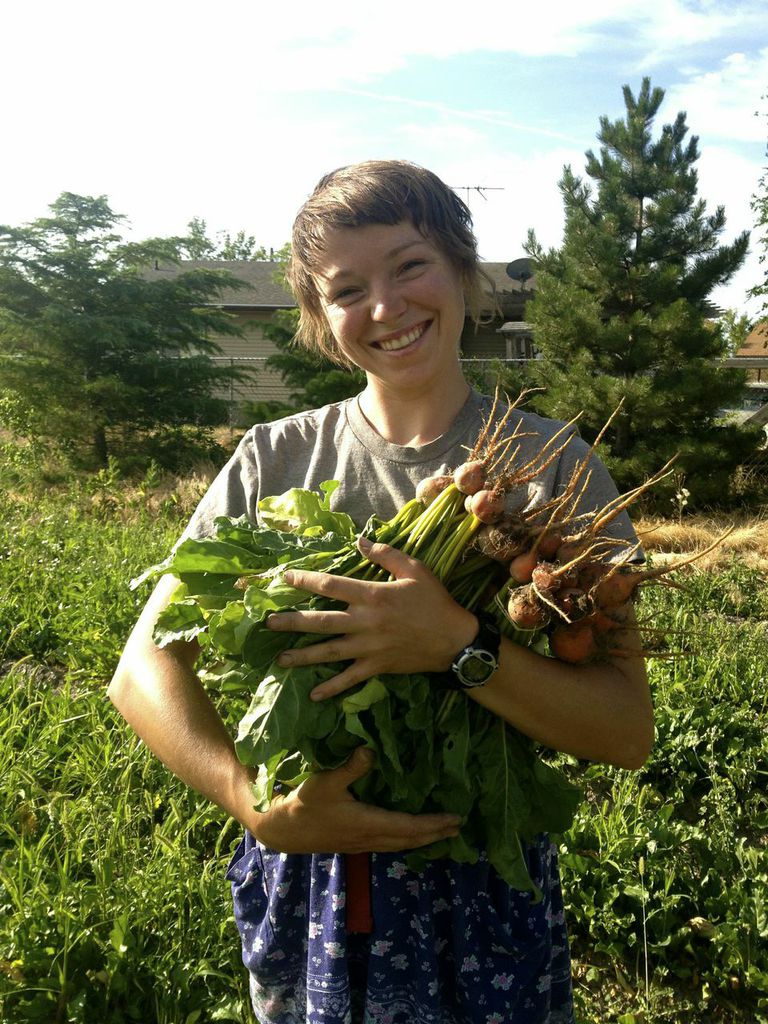
When people think of farming, not many would picture an urban backyard. But that’s exactly what Backyard Urban Gardens (BUG) hopes to change. With their five satellite gardens located in Salt Lake City, BUG provides annual crops to several local restaurants and families. Each season lasts from May until October and includes a variety of produce: tomatoes, kale, carrots, beets, lettuce, onions, peppers and beans.The primary output of the farmlands is the community supported agriculture (CSA) partnership, allowing individuals and families to pre-purchase crops for the entire season.
“Even though we are small scale, it’s still labor intensive. There’s always something to be done,” says Alexandra Parvaz, who is in her first year of working with BUG since earning her Masters in Environmental Science from the University of Utah.
“We started out the first year with backyards all over the city. Since then, everything has come onto the west side of the city and have managed to get four of the five backyards on our street,” says third-year BUG farmer Hanley Smith.
They also included come add-ons, such as fruits produces locally from Riley Orchards in Payson, Utah.
Volunteerism is also a major player in the BUG movement. About 10 volunteers help cultivate the crops at any time, as a work-for-trade deal. “Many volunteers are students from the University of Utah or people who have formerly been patrons,” says Parvaz.
Though the area is condense, it’s not without regular farming challenges. “The water prices,” Smith notes. “Even though they are low, we don’t get the subsidized agricultural water.” The condensed land also means that each square foot of land must be used to its highest efficiency.
In spite of its growing popularity, BUG farmers see no need for massive growth. “It’s so much more efficient being consolidated and localized. It’s something we can easily jump right into by walking right up to it. We can easily and directly monitor progress,” says Parvaz.
“My feeling on backyard gardening on expanding where you have to load tiller up and drive around is losing proposition. I’m more interested in growing more food on less land,” adds Smith.
And that’s exactly what BUG farming is all about. BUG is located at 1450 W 1300 S. For more information on prices or how to volunteer, visit http://www.backyardurbangardens.com/.








